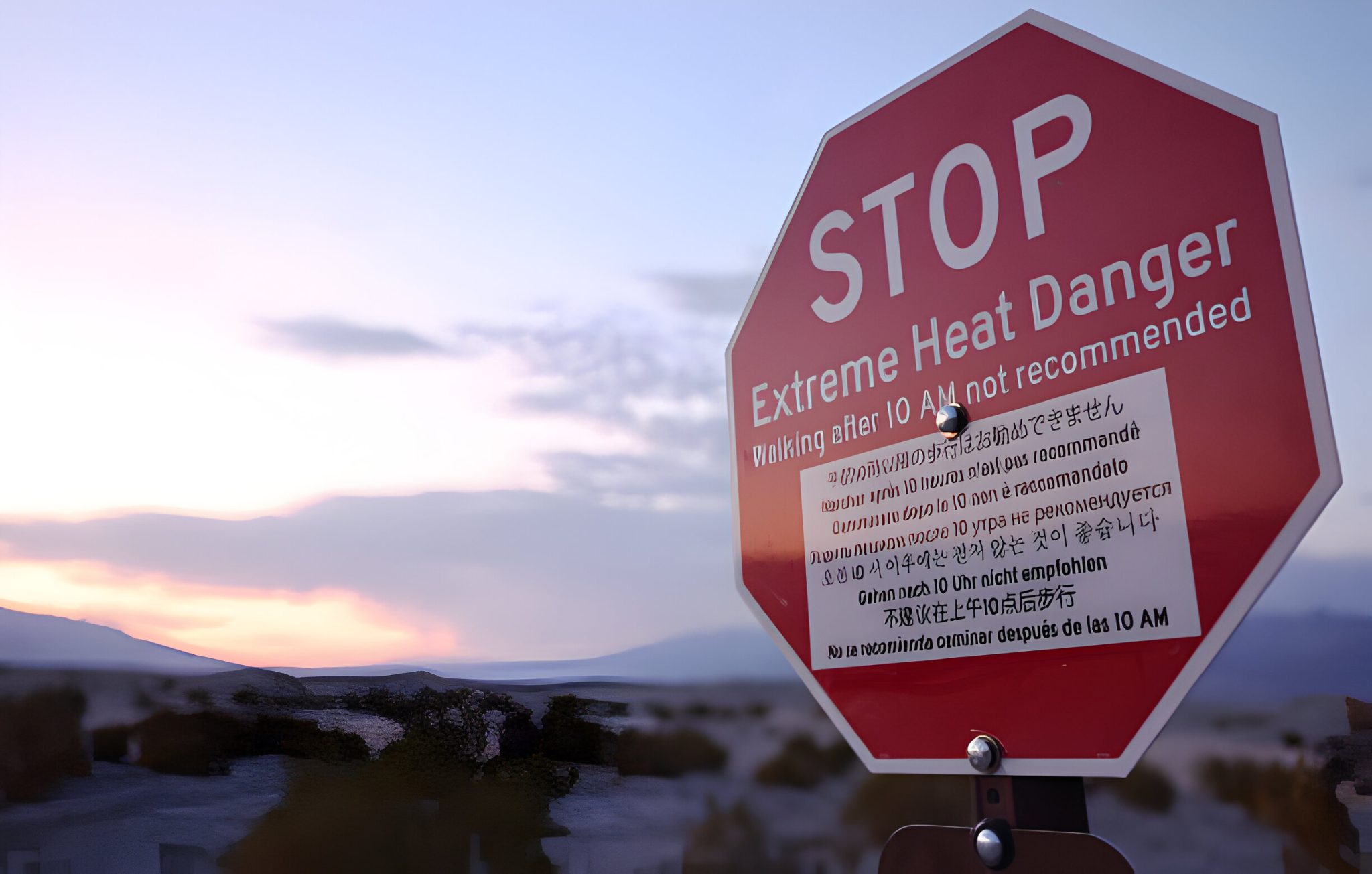Caught by arabnews.com
Tokyo: As Japan is experiencing a rare heatwave during the rainy season, six people have died in Tokyo from heatstroke, leading authorities to issue a flurry of health warnings.
The central Shizuoka region over the weekend saw the highest temperature in Japan this year—40 degrees Celsius, or 104 degrees Fahrenheit—far above the 35-degree mark that meteorologists had designated as “extremely hot.”
A weather agency official told AFP that such intense heat in the middle of Japan’s rainy season is “quite uncommon,” partly due to a powerful South Pacific high-pressure system.
Local media reported that on Monday, temperatures at observation points in Tokyo and the southern Wakayama region reached record highs of around 40 degrees Celsius.
According to the city’s medical examination office, the capital had three heatstroke-related deaths on Saturday and three more on Monday when the daytime temperature reached approximately 35 degrees Celsius.
Sumiko Yamamoto, 75, a resident of Tokyo, told AFP that she finds it impossible to survive without the air conditioning on and that she feels like “it’s gotten drastically hotter” since last year.
I make an effort to drink as much water as I can by following the advice that is provided on TV. I’m taking extra care not to fall because I’m getting elderly,” she remarked.
In Japan, the country with the second-oldest population in the world after Monaco, heatstroke is especially fatal.
Yamamoto falls into the age group that health professionals have identified as being significantly
Infants, the elderly, single people, and those without access to air conditioning are also susceptible to heatstroke.
The number of people dying nationwide from heat exhaustion increased from a few hundred a year just 20 years ago to approximately 1,500 in 2022, according to a warning issued by the Japanese Association for Acute Medicine on Monday.
According to the group, heatstroke is now as dangerous as “a major natural disaster” due to the sheer amount of fatalities, therefore avoid unnecessary trips.
Tokyo business leader Mikio Nakahara,67, claims that there is a significant difference between Tokyo now and fifty years ago.
He told AFP that Tokyo “wasn’t as hot as it is now.”
However, to avoid having to go outside, “I try to work remotely as much as possible” these days.
Travelers like 29-year-old Ainhoa Sanchez aren’t overly shocked by Tokyo’s heat because increasingly scorching summers are becoming the norm everywhere.
Thus, we’re going to do some little sightseeing. having a large liquid intake. Perhaps we might enter a store, browse around, have a little break, and then return to the street when it gets too hot,” she told AFP.






